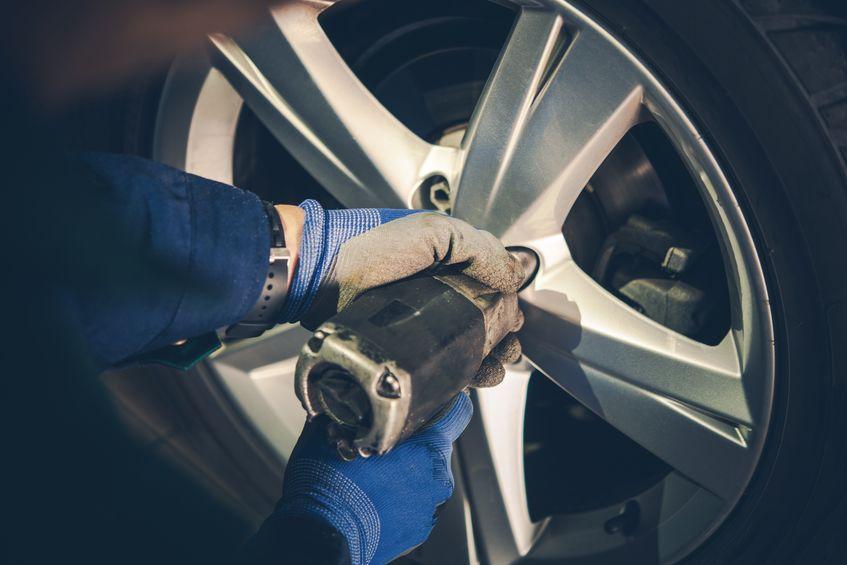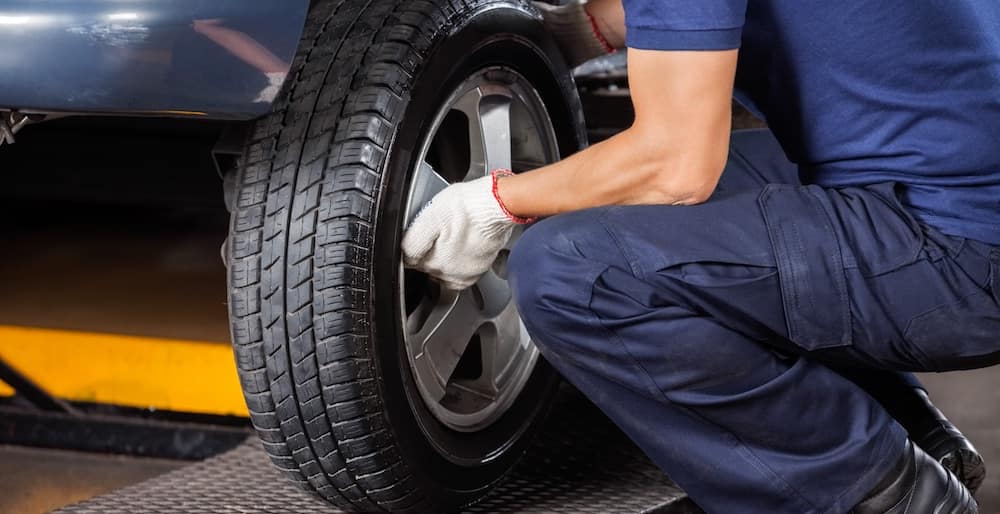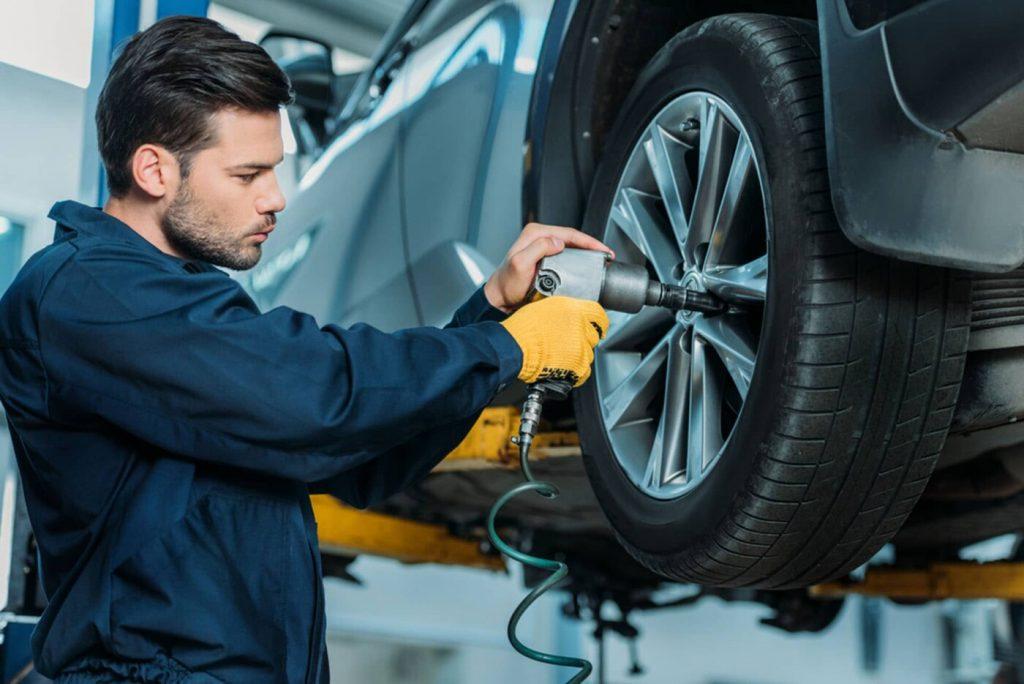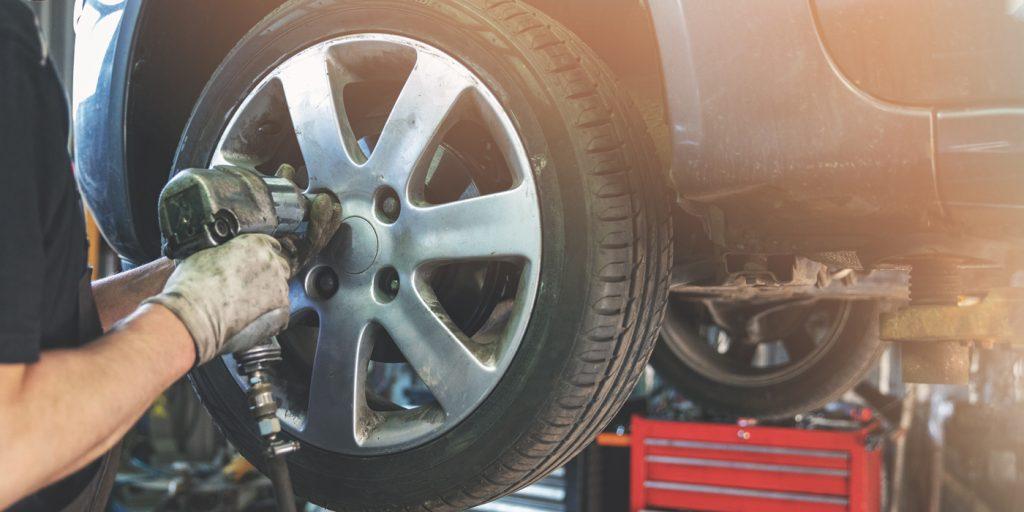The Importance Of Rotating Your Tires
By Sebastian Orellana
Updated Feb 18, 2024

Tire rotation is an important component of vehicle maintenance that helps to ensure that your tires wear evenly and last longer. Without regular tire rotation, the tires on your vehicle will wear more quickly, leading to increased fuel consumption, poor handling, and potentially dangerous driving conditions. It is important to understand why tire rotation is important, the different methods of a tire rotation, and the best practices for tire rotation.
Table of Contents
READ: How Much Do EV Tires Cost?
What Is Tire Rotation?

Tire rotation is an essential part of car maintenance that involves the periodic switching of the tires from one wheel position to another. It is done to ensure even wear of the tire treads and to maintain the vehicle's performance and safety.
Tire rotation is often recommended every 6,000 to 8,000 miles and should be done as part of a regular car maintenance schedule.
Why is Tire Rotation Important?
Tire rotation is important for several reasons. First, it helps to ensure the tires on your vehicle wear evenly. This helps extend your tires' lifespan, saving you money in the long run. Additionally, tire rotation helps to improve your vehicle's handling and performance.
Properly rotated tires provide better traction and braking and improved cornering, acceleration, and braking. Finally, regularly rotating your tires can improve fuel efficiency, which can help reduce your overall fuel costs.
Benefits of Tire Rotation
Tire rotation can provide several benefits for drivers. It helps ensure even tire wear, which can extend the life of the tires and make them last longer. Tire rotation also improves the vehicle's performance by ensuring that the tires provide the best traction and grip. Additionally, it can help improve fuel efficiency and reduce the chances of a tire blowout.
Methods of Tire Rotation

There are several different methods of tire rotation available. The "forward cross" rotation pattern is the most common method. This involves moving the front tires to the rear and the rear tires to the front while also reversing the sides.
This creates a balanced wear pattern for the tires. Other methods of tire rotation include the "rearward cross" rotation pattern, the "side-to-side" rotation pattern, and the "X-pattern" rotation pattern.
Best Practices for Tire Rotation
When it comes to tire rotation, it is important to follow some basic best practices. First, it is important to follow the manufacturer's suggested rotation interval. This is usually every 5,000 to 10,000 miles.
Additionally, it is important to inspect the tires for any signs of wear or damage before rotating them. Finally, it is important to ensure that the tires are properly inflated and balanced before rotating them.
Tire Wear Patterns
When it comes to tire rotation, it is important to understand the various tire wear patterns. The most common wear pattern is known as "cupping." This is characterized by small, circular depressions in the tire's tread. It is caused by uneven wear due to misalignment or suspension problems.
Other wear patterns include "scalloping," which is characterized by wavy-shaped lines in the tread, and "feathering," which is characterized by the edges of the tread being more worn than the center.
Tire Rotation Frequency
It is essential to follow the manufacturer's suggested rotation interval when it comes to tire rotation. This is usually every 5,000 to 10,000 miles. However, it is important to note that this interval can vary depending on the type of vehicle, driving conditions, and tire type.
Additionally, some vehicles may require frequent tire rotation, such as vehicles with uneven weight distribution.
It is essential to rotate the tires regularly to ensure even tire wear and maximize the tires' life. Additionally, regular tire rotation can help improve the performance and safety of the vehicle.
READ: What Does SXT Stand For In Dodge?
Tire Rotation Tools
Wheel Alignment
Tire Rotation Services

Several tire rotation services are available for those unable or unwilling to rotate their tires themselves
Preparing for Tire Rotation
Before beginning a tire rotation, it is crucial to ensure that the tires are inflated to the correct pressure. It is also recommended to check the tire treads to ensure they are not too worn down. Additionally, it is essential to ensure that the wheel lugs are tightened adequately before beginning the rotation.
READ: What Does The SXT Stand For On A Dodge?
